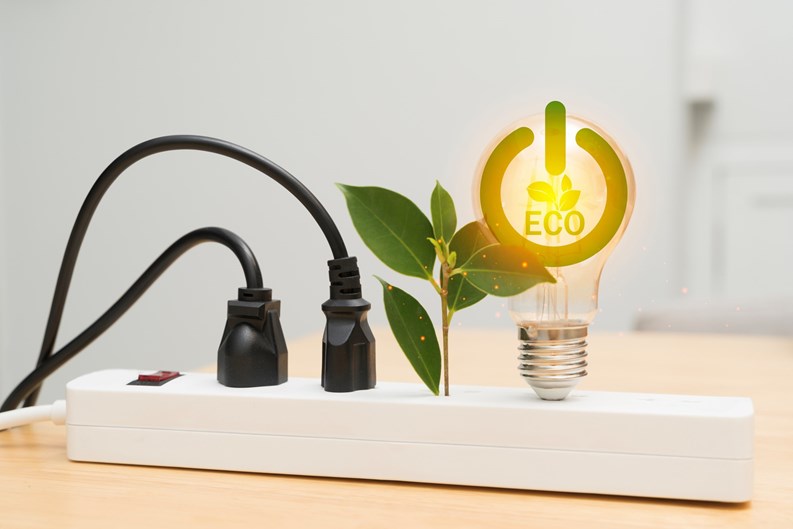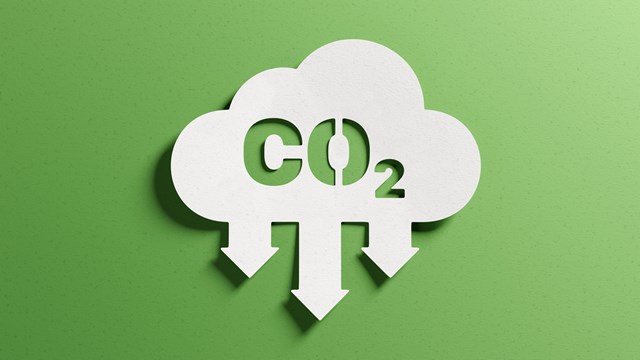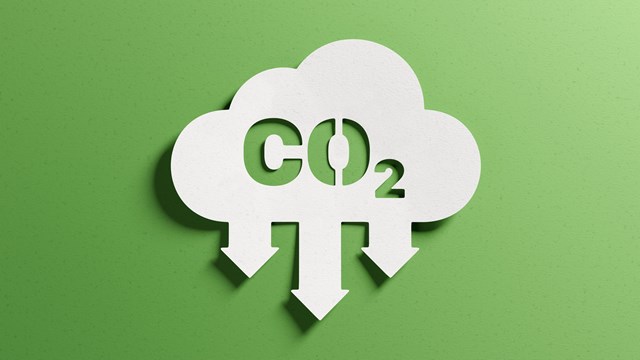Reducing energy waste and saving money go hand in hand. In addition to helping the planet, using energy more efficiently can save time, lower bills, and improve daily life. In fact, according to a joint report by the American Council for an Energy Efficient Economy and Physicians for Social Responsibility, energy efficiency measures could help save six American lives every day, and avoid up to $20 billion in health care costs each year.
In condos, co-ops, and HOAs, even small changes can make a big impact on the environment—and on shareholder’s wallets. “There are only a number of costs you can control, but there is one category where you can move costs down measurably,” says Lee Hoffman, founder and co-president of NYC-based smart control company Runwise, “and that’s energy.”
1: Work Together
Whatever strategy your community wants to put into effect, it will work best if your board, manager, and residents work together toward a common goal. “There’s not enough money in the world to get your building’s emissions to absolute zero,” says Jimmy Carchietta, the self-proclaimed ‘Greenfather’ and founder of sustainability consulting firm The Cotocon Group, “but there are things each building manager and resident can do to get closer. Teaming up to learn about how to tackle energy reduction can make the biggest difference.”
Carchietta suggests taking a look at what you can do as a group, like forming an energy conservation or sustainability committee within your building or HOA, and what you can do as a community to save money. “Maybe it’s working together to buy air conditioning units in bulk, or agreeing on rules for how often you run them,” Carchietta says. “If you have more efficient units, you should be able to run them less often.”
2: Pay Attention to Your Consumption
Identifying how much energy you use at home and in what form can change the mindset of how everyone in your household uses (and possibly wastes) it. “The only way to reduce our emissions is to reduce our consumption,” says Carchietta. “We’re all inundated with things that use up energy—electric bikes, electric scooters, iPads, phones, and appliances.” Online shopping and quick deliveries make it easier than ever for people to consume and collect. Buying second-hand household items gives them new life, and reduces both unnecessary consumption and packaging waste.
Hoffman also suggests using less water: “It’s a huge line item in buildings. Avoid long showers, don’t leave the faucet on.” Small, simple changes, like putting a carafe of cold water in the fridge instead of letting the faucet run until it’s cold or turning the faucet off while you’re brushing your teeth, help cut down on unnecessary water usage.
3: Recycle Right
The increased use of technology has also increased our electronic waste, which releases harmful chemicals and hazardous materials that are terrible for the environment. In New York, the Electronic Equipment Recycling and Reuse Act requires New York City residents and businesses to recycle electronic waste through designated programs.
The law specifically bans the disposal of certain electronics in regular trash. Instead, listed items must be taken to designated e-waste recycling facilities. Many buildings offer E-Waste Recycling centers or programs. The Lower East Side Ecology Center provides a calendar of upcoming E-Waste recycling opportunities (lesecologycenter.org)
4: Stay on Top of Maintenance
As soon as a problem is detected, it’s wise to let your building know so someone can come in quickly to make any necessary fixes. Running toilets or leaky pipes can go for a long time undetected, and since residents are the ones in their unit every day, it’s up to them to speak up.
Regularly cleaning and replacing HVAC filters can make heating and cooling equipment more efficient. Placing an insulated cover on your AC unit during the winter months prevents drafts, which will make you more comfortable and improve your energy usage. A regular inspection of your unit–either monthly or annually–ensures that issues get addressed before they become a larger, potentially more expensive problem.
5: Ditch the “Dracula Drain”
Power lost when things are sitting idle is often referred to as the Dracula or Vampire drain. “When you’ve got everything plugged into the wall or you’re overloading power strips, it drains energy,” says Carchietta, “and it’s as simple as unplugging appliances and devices when you aren’t using them.” Don’t leave chargers plugged in when not in use. Cooling and heating units need to be on for comfort, but even simply turning your thermostat slightly up or down can make a difference.
6: Take Stock of Local Law Compliance
Staying up to date on local law compliance keeps everyone in the building informed. “Boards that may not have been aware of their energy costs are now being made to look at it—not just to avoid fines, but also to be aware it’s something to pay attention to,” says Hoffman. Carchietta agrees, saying emissions limits are getting serious and “will affect rent, HOA fees, and electricity costs” for shareholders.
Local Law 97 sets emissions standards for buildings, requiring buildings to make ongoing energy improvements. Local Law 95 requires buildings to display their energy grade as part of NYC’s long-term objective of 40% carbon reduction by 2030 and 80% by 2050. Buildings (over 50,000 sq ft) are required to perform energy audits and must submit Energy Efficiency Reports every 10 years with Local Law 87. With Local Law 88, lighting upgrades and submetering compliance will ensure your building will have the most updated controls or sensors applicable to its space.
7: Get Behind Building Modernization
Aging infrastructure comes with a steep cost, and updating now can save big later. “Capital expenditures like replacing antiquated boilers or replacing all windows will definitely save money and energy, but they are major projects,” Hoffman says.
Innovative technology now has water sensors that allow for non-invasive installation to detect issues in the building, such as leaks or running toilets. This can save a building thousands in water costs a year. According to Hoffman, a single running toilet can use $8,000 in water. “If you multiply that by units and years, that’s a lot of money you can put right back in the budget by modernizing the building’s operating system,” he suggests.
8: Take Advantage of Rebates
If costs are a concern, there are a number of programs and incentives available throughout the state. The New York State Energy Research and Development Authority (NYSERDA) provides rebates for installing high-efficiency heating systems, and the NYS Clean Heat Program offers rebates and financing options for homeowners and businesses installing clean heating technologies, such as heat pumps. The EmPower+ Program provides no-cost energy efficiency improvements to income-eligible households. Other rebate programs are offered through National Grid, NYSEG, RG&E, and the federal Inflation Reduction Act, which provides tax incentives for energy-efficient home improvements. Though these incentives are available to homeowners, building-wide updates would likely give the most cost savings.
9: Get Smart with Technology
Use technology to reduce your energy costs building-wide. Smart controls offer the highest return on investment. It’s low-cost to install wireless controls with temperature sensors for central systems. “(Building-wide) you’re probably wasting 10%-20% of your energy budget if you don’t have smart controls for central boilers, chillers, or cooling towers,” Hoffman states, “In most buildings, you see the return on investment in 3 or 4 months.”
Within units, technology devices can help track and automate energy use. “The beauty of smart operating systems is that sensors and data can save you money by detecting problems proactively, rather than reactively,” says Hoffman.
10: Prepare for the Future
Being prepared can help keep money in your budget, no matter what issues may arise. Hoffman suggests making an apartment checklist to ensure every unit is ready for the summer and winter. Before it gets cold, the checklist can help keep track of making sure windows are sealed properly, there isn’t anything blocking radiators, and the distribution in the building is equal. Identifying where the inefficiencies lie and making steps—from unplugging devices to upgrading aging systems—can help keep costs down and work towards a more sustainable future. As the adage goes, it takes a village!










Leave a Comment